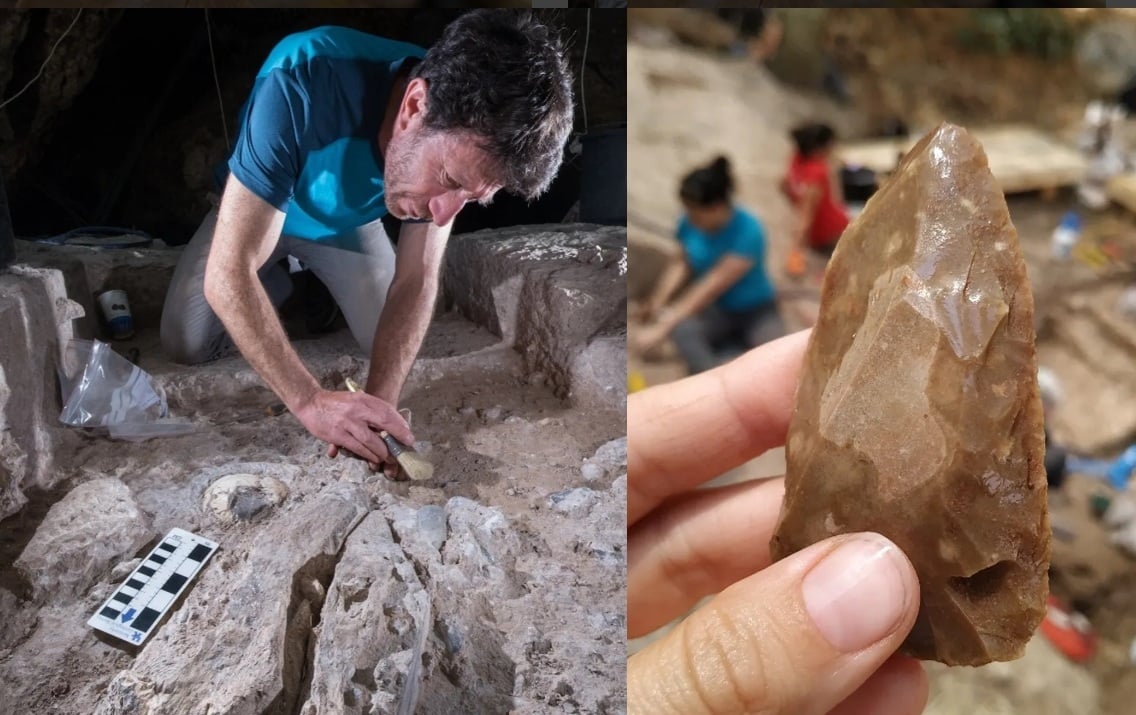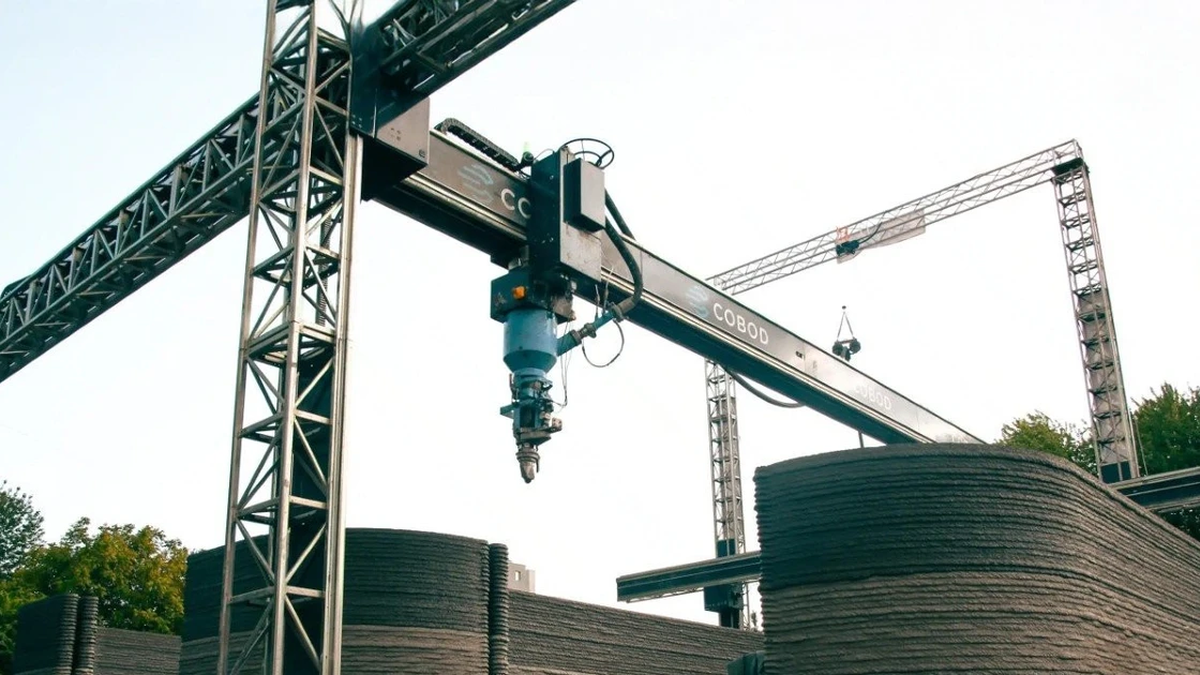(NLDO) - A previously unknown lineage on the human family tree has been identified from graves dating back up to 130,000 years.
Researchers have long suspected that between 80,000 and 130,000 years ago, as many as three different human species shared the Southern Levant, the southern part of what is now the Eastern Mediterranean.
They include our Homo sapiens, our distant Neanderthal ancestor, and a third mysterious species whose remains have just been found in a cave in central Israel.

Scientists are excavating mysterious human burials at Tinshemet Cave in central Israel - Photo: HEBREW UNIVERSITY OF JERUSALEM
According to archaeologist Yossi Zaidner from the Hebrew University of Jerusalem (Israel), head of the multinational research team, the new species was discovered near the famous site of Nesher Ramla, a temporary hunting and butchering site used by prehistoric people.
Scientists excavated at Tinshemet cave, just 10 km from Nesher Ramla, and discovered five ancient tombs in the cave.
The graves date back 130,000 years, burying a species of human with characteristics different from any previously known species.
They were buried in a fetal position, and the presence of red ochre mineral pigment in the graves may have been used as part of an ancient burial ritual.
Researchers also discovered stone artifacts made using the Levallois technique, meaning they were humped on one side, flat on the other, and had sharp edges.
There are also bones of large mammals such as an extinct species of bison, horses, deer and gazelles.
This shows that they also shared stone tool making technology as well as primitive customs with us Homo sapiens and other closely related ancient human species.
This sharing may have taken place for 50,000 years, before other human species gradually declined in population and then became extinct, leaving only Homo sapiens to dominate the genus Homo (Human).
According to Live Science , scientists are still working to more clearly examine the origins of this mysterious human species, including hypotheses such as whether they were an early form of Homo sapiens, or were hybrids between our species and another species.
These findings at Tinshemet Cave are very similar to discoveries made at two other caves in Israel – Skhul and Qafzeh – which also date from the mid-Paleolithic period.
However, the remains in each cave differed significantly anatomically from those in the others.
Source: https://nld.com.vn/them-loai-nguoi-moi-lo-dien-trong-5-ngoi-mo-o-israel-196250316083948191.htm































































































![[Infographic] In 2025, 47 products will achieve national OCOP](https://vphoto.vietnam.vn/thumb/402x226/vietnam/resource/IMAGE/2025/7/16/5d672398b0744db3ab920e05db8e5b7d)







Comment (0)